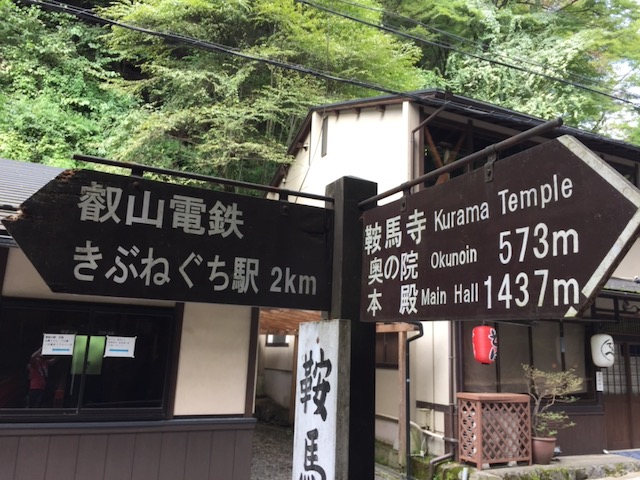As travel enthusiasts, we’ve wandered through countless ancient sites, but there’s something truly special about Kyoto’s temples. Across our two trips to Japan in 2015 and 2016, we’ve spent a good few days in Kyoto and discovering the temples was one of our top sightseeing highlights.
The blend of history, spirituality and natural beauty creates a unique atmosphere that feels like stepping back in time. Temples, for us, are always a fascinating experience for the whole family. Our kids loved making wishes, fortune telling, ringing the temple bell, purifying with the ladle, spotting the koi fish and exploring the temple grounds so, particularly when our kids were under ten as ours were at the time of our travels, this was fun and easy entertainment for them and us.
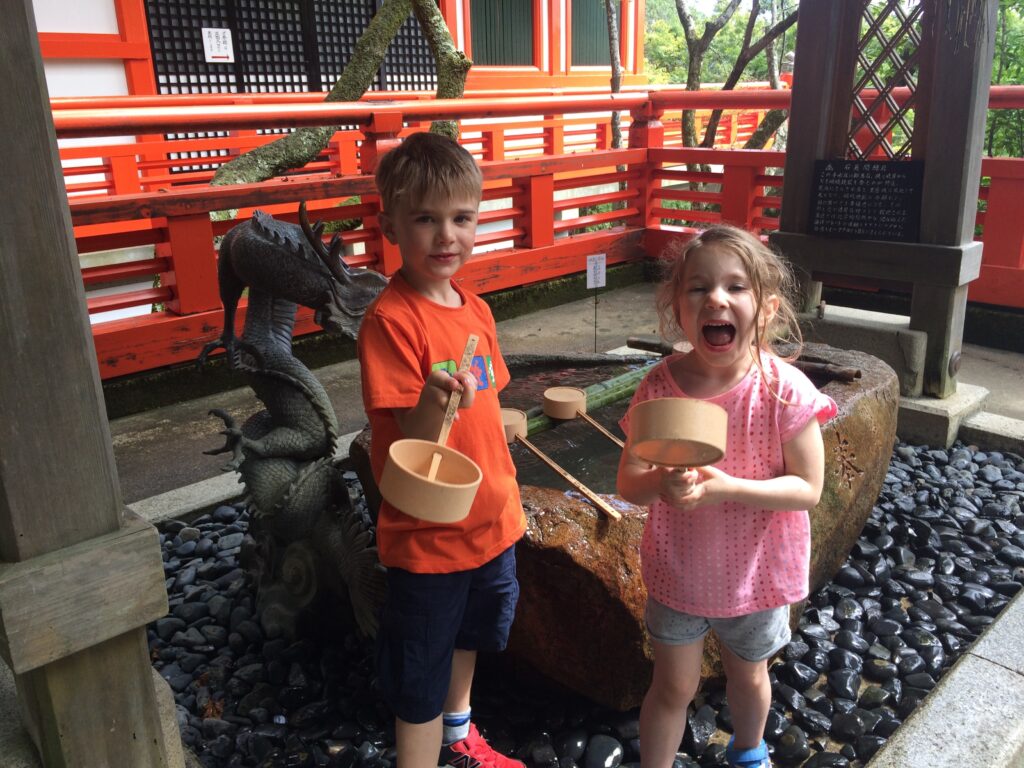
There’s over 1600 temples and shrines in and around Kyoto, so to help you narrow down your must-see list, here’s our guide to some of the best ones that we’ve visited;
1. Kinkaku-ji (The Golden Pavilion)
This Zen temple, covered in gold leaf, is a visual masterpiece and a must-see. Even on the cloudy day that we visited, the temple reflected perfectly in the surrounding pond and was just stunning.
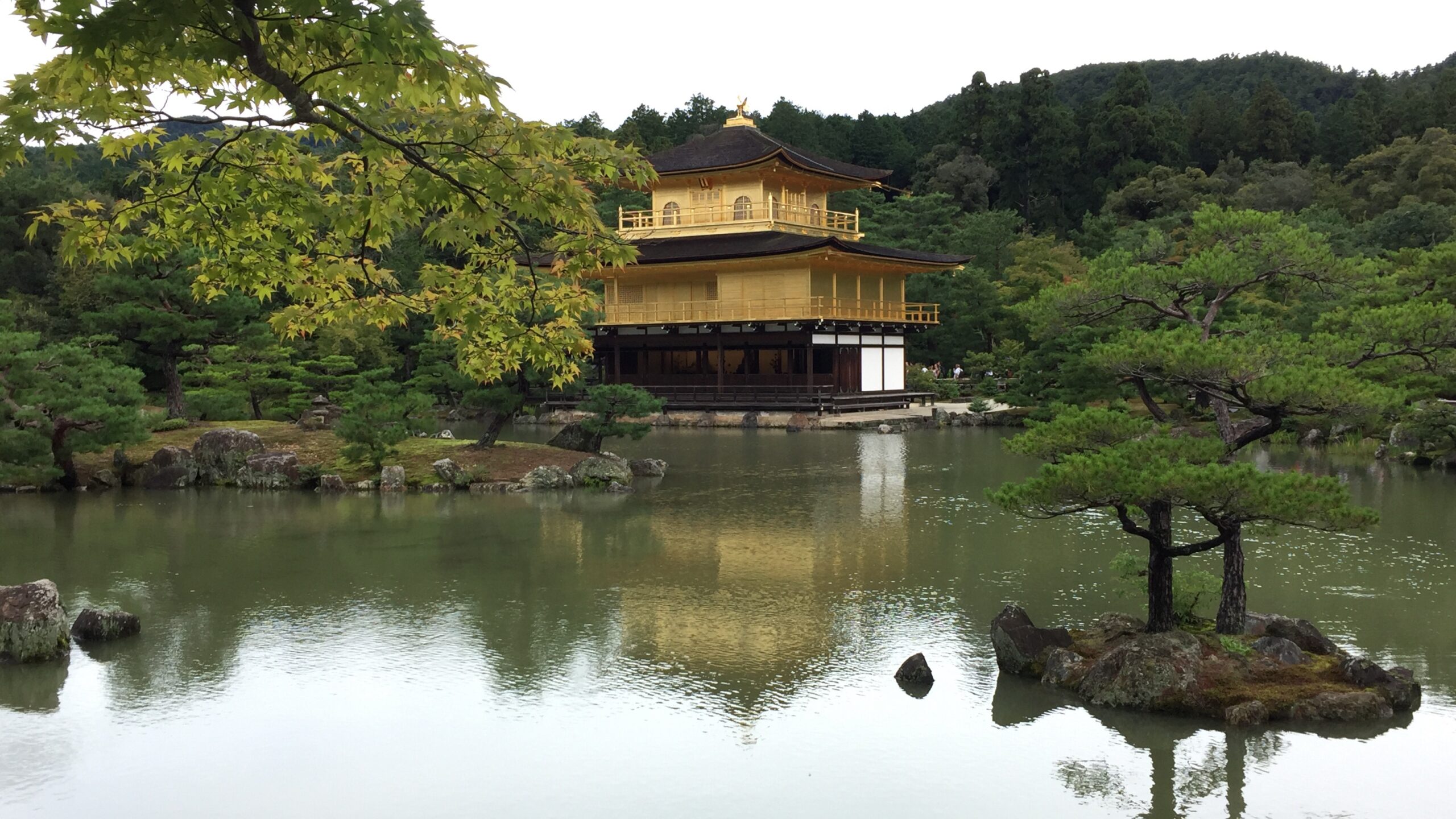
Walking around the pavilion, every angle offers a different, stunning view. The surrounding garden, designed to complement the temple, is serene, with carefully placed rocks and manicured trees that perfectly frame the pavilion. We visited early in the morning to avoid the crowds so it was pretty quiet when we were there.
The kids loved visiting the temple but also loved the black sesame ice cream in the temple grounds just as much. The matcha flavour was a hit too.
Here’s a great website with more info that you’ll need – https://www.japan-guide.com/e/e3908.html
2. Fushimi Inari-taisha
Fushimi Inari-taisha is unlike any other of Kyoto’s temple that we’ve visited, and its iconic red torii gates are one of Kyoto’s most recognizable sights. This shrine, dedicated to Inari, the Shinto god of rice and agriculture, is a sprawling complex at the base of Mount Inari, with trails that lead up the mountain.
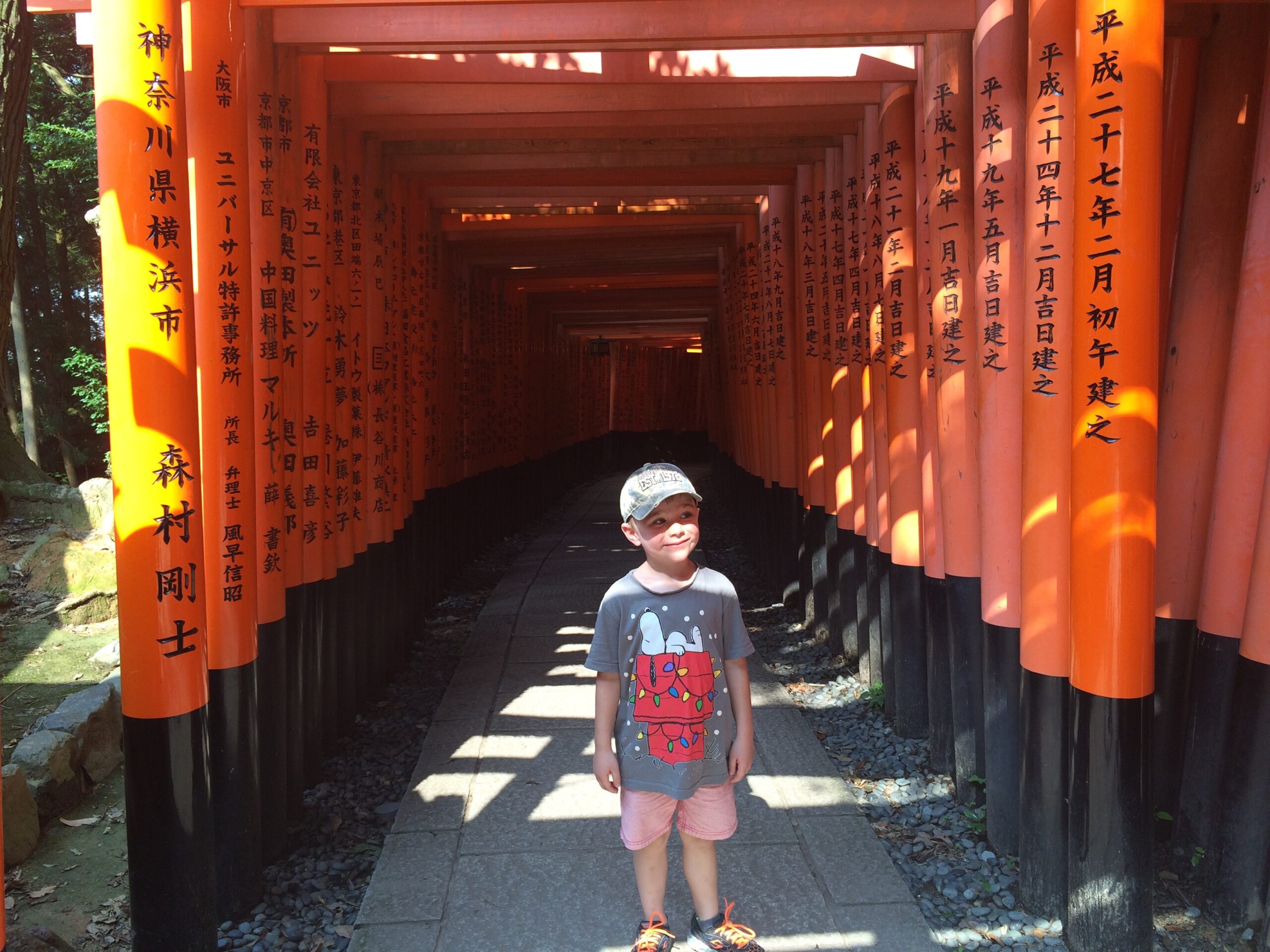
We spent hours exploring, stopping at small shrines along the way and taking in the views of Kyoto from the summit. The highlight, of course, is walking through the seemingly endless tunnels of red gates, each donated by individuals and businesses. The further you go up the mountain, the quieter it becomes, with fewer tourists.
3. Kiyomizu-dera
Kiyomizu-dera offers one of the best views of Kyoto. Perched on a hillside, it’s famous for its wooden stage that juts out over the valley, supported by hundreds of pillars. This, according to our guidebook, was the best temple in Kyoto to visit but in hindsight, I’d not necessarily agree. Like our experience at Wat Phra That Doi Sathep in Chiang Mai too – the temple on everyone’s bucket list is often overcrowded and that definitely, for me, takes away from the experience. (Can you tell there’s a theme emerging here, haha – even though we’re tourists ourselves, visiting the tourist sites, we really try and explore popular attractions when they might not be at their most mobbed, normally early!).
Carmen, with her blonde curls at the time, was swamped by Chinese tourists keen to touch her and take photos with her, which was a bit too full on. We were also visiting Kiyomizu-dera in July, and even with an early start, it was already too hot for us all. Rob almost got heat stroke pushing the kids up the hill in the buggy to get there in the 30 degree-plus heat too. (For our second trip to Japan, we went in September instead, by the way).
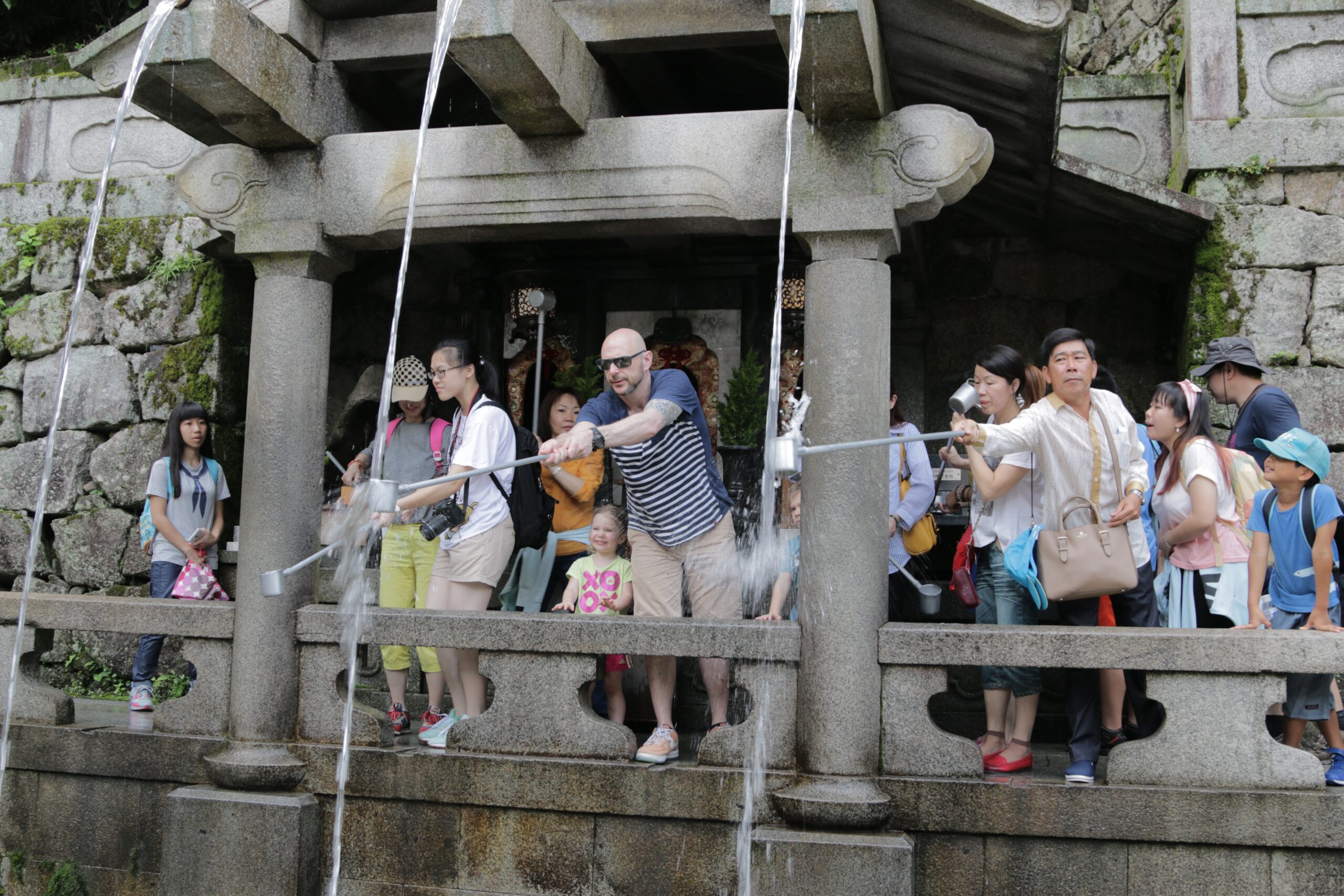
However, I wouldn’t have wanted to miss visiting. You don’t know until you get there, right! An absolute highlight was drinking from the Otowa Waterfall, which is said to bring good fortune. The temple’s name, Kiyomizu, means “Pure Water,” so that really is a must do.
4. Ginkaku-ji (The Silver Pavilion)
While it doesn’t have the shiny gold exterior of its sister temple, Kinkaku-ji, Ginkaku-ji has a quiet elegance that we found even more enchanting. Built by the shogun Ashikaga Yoshimasa, this Zen temple reflects his appreciation for simplicity and aesthetics, embodying the Japanese wabi-sabi philosophy of finding beauty in imperfection.
The moss-covered gardens are a tranquil haven, and the meticulously raked sand garden, known as the “Sea of Silver Sand,” adds to the temple’s understated beauty. Strolling through the grounds was so beautiful – a peaceful escape from the city’s hustle and bustle.
5. Ryoan-ji
Ryoan-ji is most famous for its rock garden, a minimalist masterpiece of 15 rocks placed among white gravel, carefully raked to perfection. There’s a mystery surrounding this garden – no matter where you stand, you can never see all 15 rocks at once, symbolizing the concept of imperfection and the incompleteness of human perception.
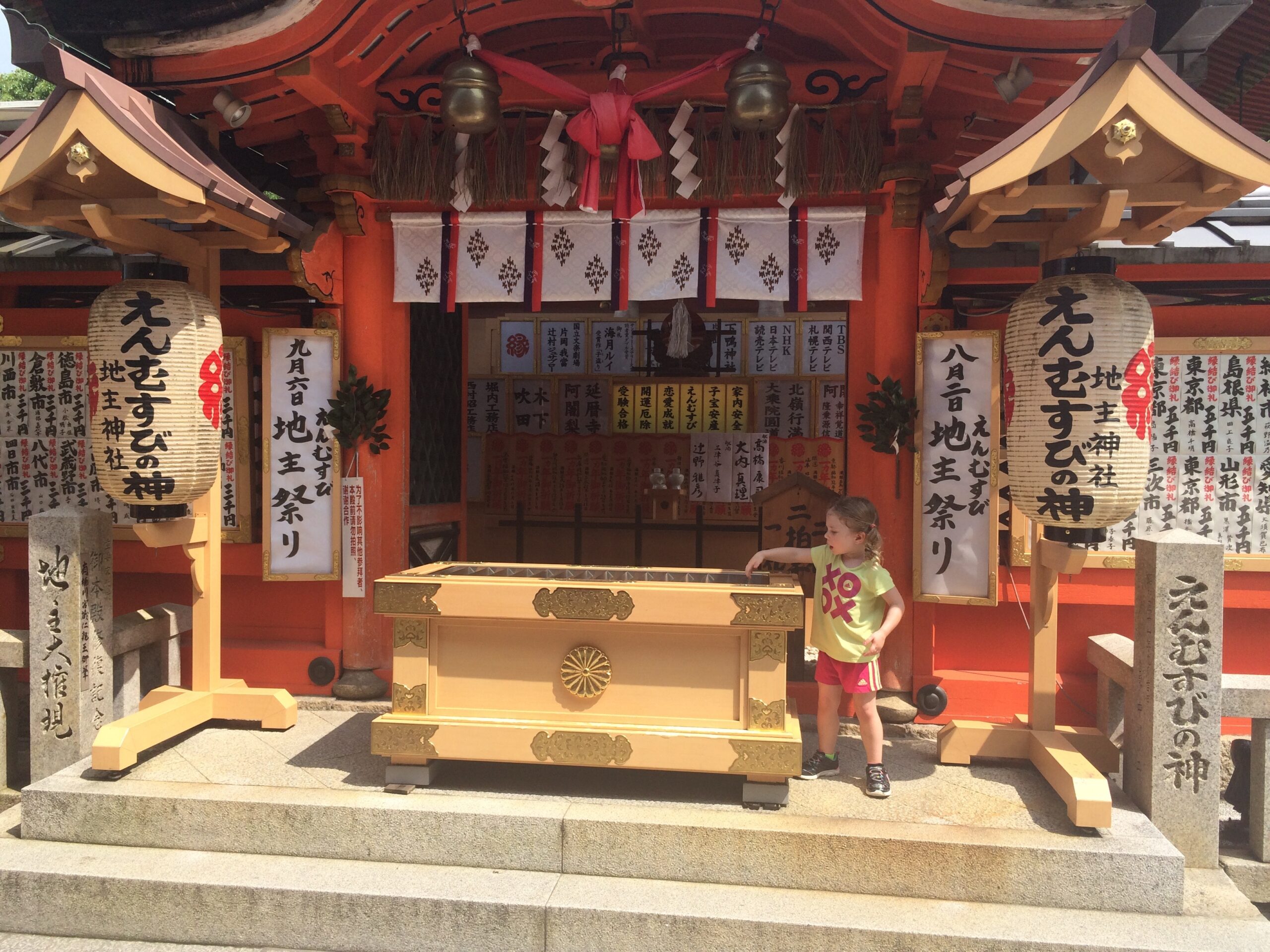
6. Tenryu-ji
Nestled in the Arashiyama district, Tenryu-ji is a temple that blends natural and man-made beauty. As one of Kyoto’s UNESCO World Heritage Sites, it’s renowned for its stunning Sogenchi Garden, designed by the famous garden designer Muso Soseki. The garden’s layout has remained unchanged for centuries, offering a glimpse into the aesthetics of the Muromachi period.
After exploring the temple grounds, we took a stroll through the nearby Bamboo Grove – a surreal experience that felt like stepping into another world. Followed by lunch in the cute little town, of course.
7. Kurama-dera
This was my favourite of Kyoto’s temples to visit as it was just such a super fun day trip for the whole family. We took the train for about 30 minutes out to Kibune village to the start of the 4 kilometre easy woodland trail across the mountain to Kurama. With Kurama-dera situated at the top, through the atmospheric forest. The walk was beautiful with lots of temple sites along the way and we had a blast just taking our time and exploring.
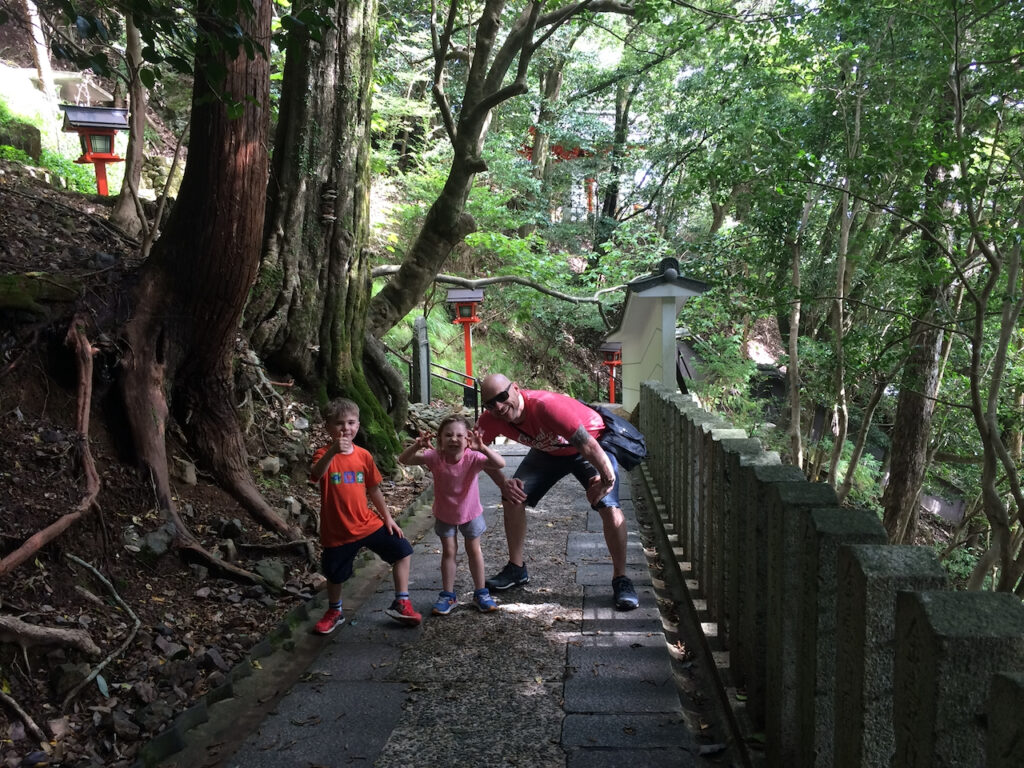
This is a great guide to the trail that we found really helpful – https://www.insidekyoto.com/kurama-to-kibune-hike
Kyoto’s temples were a highlight of both of our trips to Japan, and we’ve only just scratched the surface. To have done only 7 out of 1600 is not very many! But that’s okay because we’re currently planning a trip for September 2025 and I’m keen to discover some more on our return.
For some of our favourite foods while travelling in Japan, check out our blog post here on Japan’s top ten foods.
